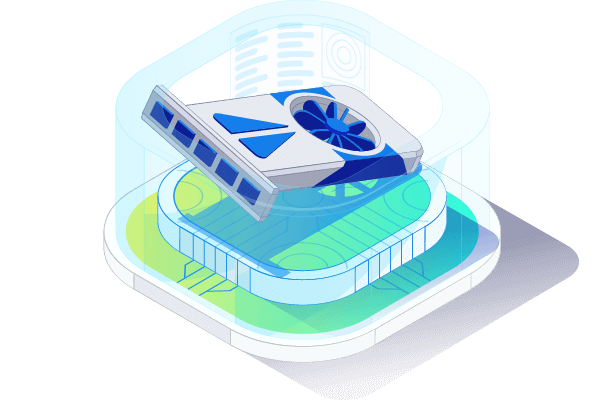What is decentralized finance (DeFi)?
What is decentralized finance (DeFi)?
Decentralized Finance, commonly known as DeFi, represents a transformative shift in the financial landscape, leveraging blockchain technology to recreate and enhance traditional financial systems without the need for centralized intermediaries like banks or brokers.
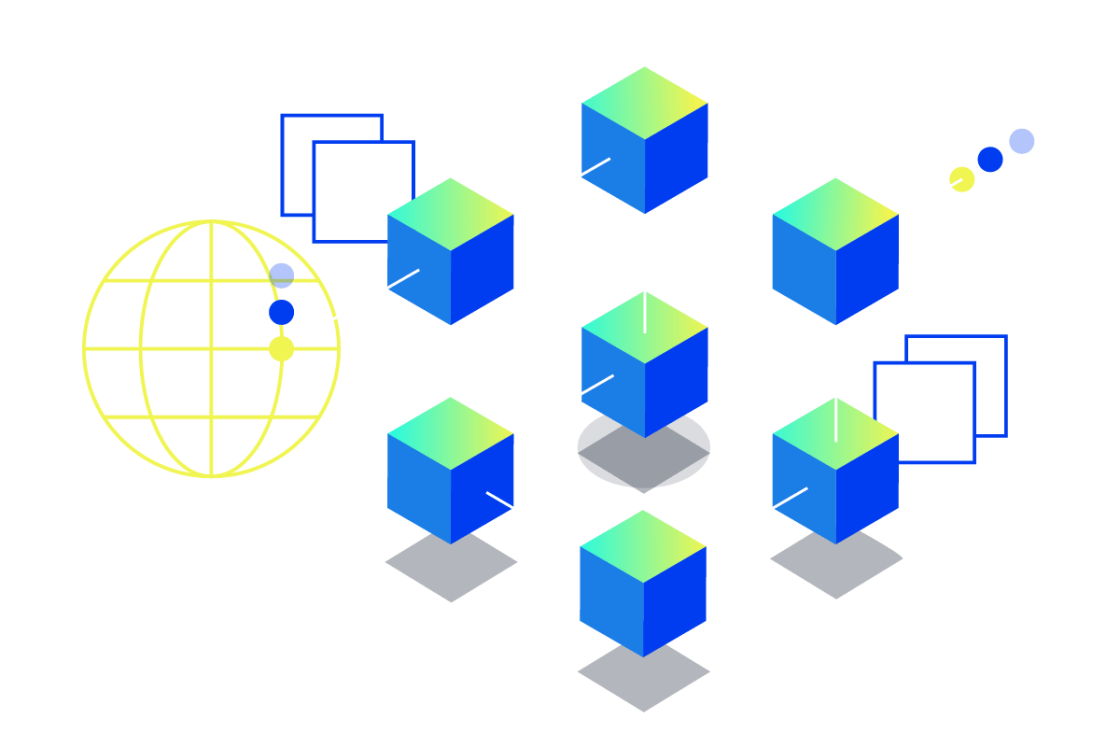
At its core, DeFi is a Web3 ecosystem of financial applications built on blockchain networks that enable users to perform activities such as lending, borrowing, trading, and investing directly through peer-to-peer protocols.
This system operates on the principle of the decentralized blockchain, where control is distributed among participants rather than concentrated in a single entity, fostering transparency and reducing reliance on trust in third parties.
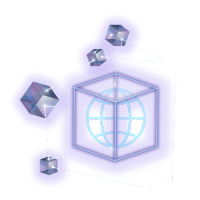
History of DeFi
The historical context of DeFi traces back to the inception of Bitcoin in 2009, which introduced the concept of a decentralized digital currency. However, DeFi truly began to take shape with the launch of Ethereum in 2015, which provided a programmable blockchain capable of executing smart contracts.
These self-executing contracts with terms directly written into code allowed for the automation of financial agreements. The DeFi movement gained momentum around 2017 with projects like
MakerDAO, which introduced decentralized stablecoins, and exploded in popularity during the 2020 "DeFi Summer," when total value locked in DeFi protocols surged from millions to billions of dollars.
In 2025, DeFi has evolved into a multi-trillion-dollar sector, driven by advancements in layer-2 scaling solutions and cross-chain interoperability.
Principles of DeFi
Core principles of DeFi include openness, where anyone with an internet connection can participate; interoperability, allowing different protocols to interact seamlessly; and composability, often referred to as "money Legos," where building blocks like tokens and smart contracts can be combined to create complex financial products.
These principles aim to democratize finance, making it more efficient and equitable by eliminating gatekeepers and reducing barriers to entry.
Key Components and Technologies
DeFi's foundation rests on several key components and technologies that work in harmony to enable its functionality. Blockchain serves as the underlying ledger, providing a secure, immutable record of transactions. Ethereum remains the dominant platform, but alternatives like Binance Smart Chain, Solana, and Polkadot have emerged to address scalability issues, offering faster transaction speeds and lower fees.
Smart contracts are the backbone of DeFi, automating agreements without human intervention. These are coded scripts that execute when predefined conditions are met, such as transferring funds upon loan repayment. Decentralized applications (dApps) built on these contracts provide user interfaces for interacting with DeFi services, ranging from wallets like MetaMask to exchanges like Uniswap.
Oracles play a crucial role by feeding real-world data into blockchains, enabling smart contracts to respond to external events, such as price changes. Token standards, such as ERC-20 for fungible tokens and ERC-721 for non-fungible tokens (NFTs), standardize asset creation and transfer. Additionally, layer-2 solutions like
Optimism and Arbitrum enhance efficiency by processing transactions off the main chain while maintaining security. Together, these technologies create a robust, programmable financial infrastructure that is resilient to censorship and manipulation.
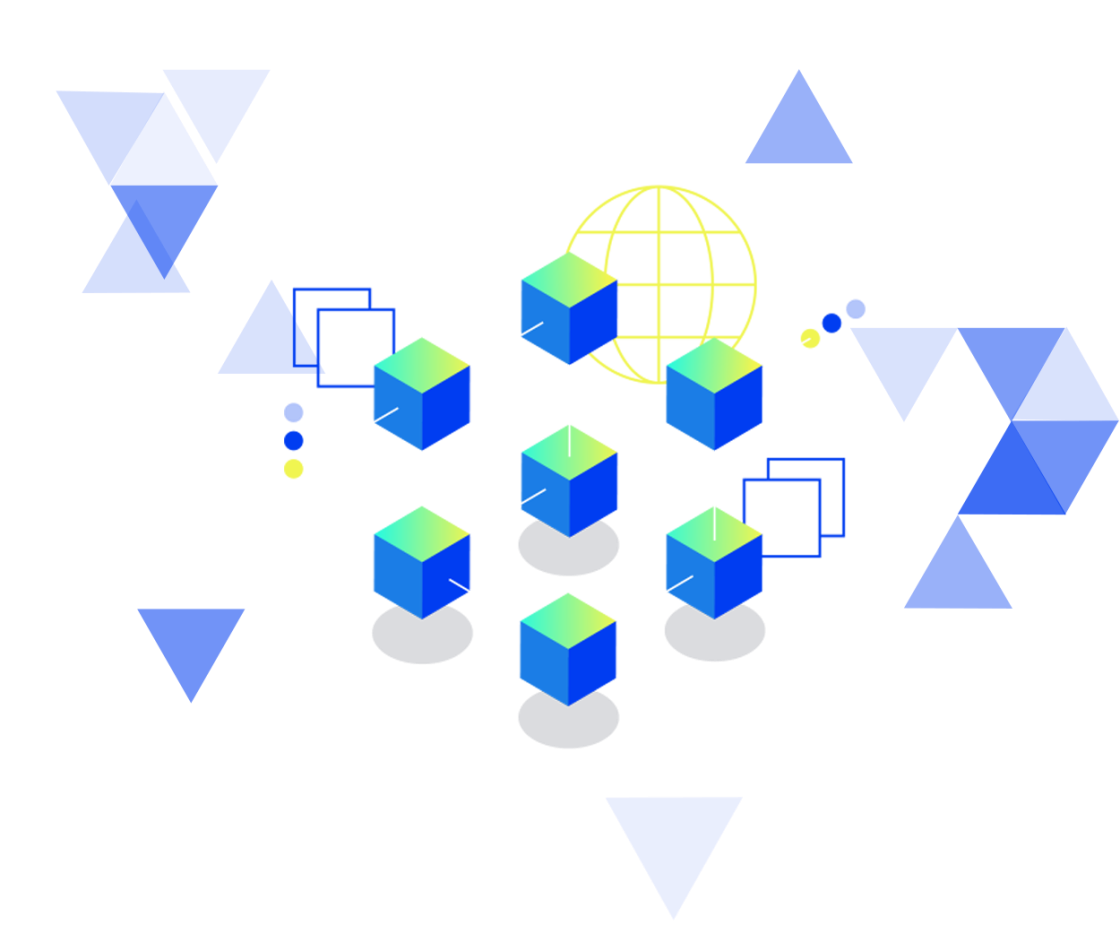
DeFi vs Traditional Finance
DeFi stands in stark contrast to traditional finance (TradFi), which relies on centralized institutions like banks, stock exchanges, and regulatory bodies to facilitate transactions. In TradFi, intermediaries verify identities, manage risks, and ensure compliance, often resulting in high fees, slow processing times, and exclusion of unbanked populations. DeFi eliminates these middlemen by leveraging the blockchain's trustless nature, where code and consensus mechanisms handle verification, resulting in near-instant settlements and global accessibility.
A key difference is in transparency: DeFi transactions are publicly auditable on the blockchain, reducing fraud risks, whereas TradFi often operates behind opaque walls. Cost structures also diverge; DeFi minimizes overhead through automation, slashing fees that can exceed 5% in traditional systems. However, DeFi introduces volatility and smart contract vulnerabilities not typically seen in regulated TradFi environments.
While TradFi emphasizes stability through regulations, DeFi prioritizes innovation and user sovereignty, allowing individuals to custody their own assets. This shift has blurred lines, with hybrid models emerging where traditional banks integrate DeFi elements, such as tokenized assets, to enhance efficiency. Ultimately, DeFi challenges the status quo by offering a more inclusive alternative, though it must address scalability to rival TradFi's vast infrastructure.
Role of Cryptocurrencies, Tokens and Assets
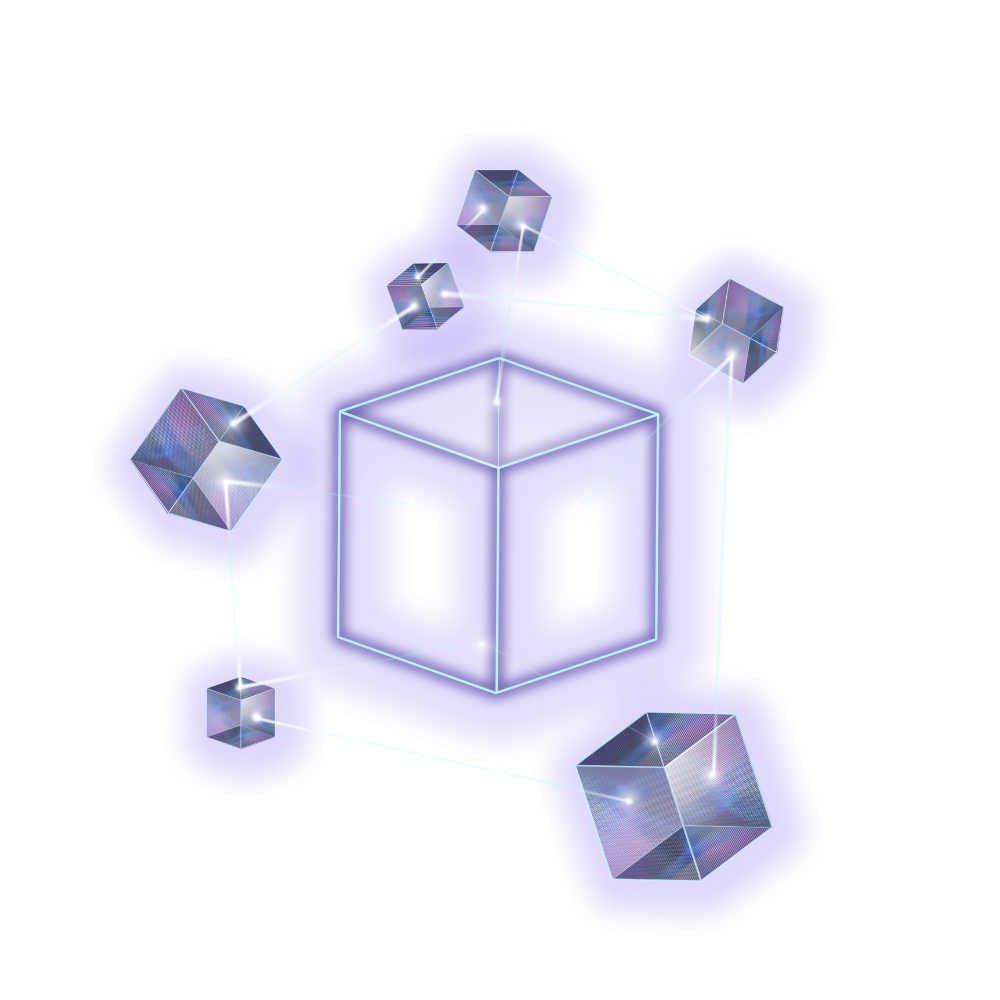
Cryptocurrencies, tokens, and digital assets are the lifeblood of DeFi, serving as the medium of exchange, store of value, and building blocks for financial instruments. Native cryptocurrencies, such as Ether (ETH), power networks by paying transaction fees, while stablecoins like USDC provide stability by pegging to fiat currencies, enabling low-volatility lending and trading.
Tokens represent ownership or utility within decentralised finance (DeFi) protocols. Governance tokens, such as those in Uniswap's UNI, enable holders to vote on protocol upgrades, thereby democratising decision-making. Utility tokens grant access to services, such as reduced fees on platforms. Non-fungible tokens (NFTs) extend DeFi into unique assets, like digital art or real estate fractions, which can be collateralized for loans.
These assets facilitate yield farming, where users earn rewards by providing liquidity, and staking, where tokens are locked to secure networks and generate passive income. By tokenizing real-world assets, such as real estate or commodities, DeFi bridges physical and digital economies, unlocking liquidity for traditionally illiquid markets. This ecosystem empowers users to create personalized financial strategies, from hedging risks with derivatives to earning interest on idle assets, all without traditional banking constraints.
How Decentralized Finance Works
- DeFi operates on blockchain infrastructure, a distributed ledger that records transactions across a network of nodes, requiring blockchain node hosting to ensure security through cryptographic consensus mechanisms like proof-of-stake or proof-of-work. This infrastructure eliminates single points of failure, making DeFi resilient to hacks or shutdowns that plague centralized systems.
- Smart contracts are pivotal, acting as automated enforcers of agreements. For instance, in a lending protocol, a smart contract might lock collateral and release funds only upon repayment with interest. These contracts are deployed on blockchains like Ethereum, where they run on the Ethereum Virtual Machine (EVM), a runtime environment that executes code deterministically.
- Users interact via wallets, signing transactions with private keys to authorize actions. Layer-1 blockchains provide the base layer, while layer-2 solutions batch transactions to reduce congestion. Cross-chain bridges enable the transfer of assets between blockchains, thereby expanding the reach of DeFi. This infrastructure ensures that DeFi is always-on, borderless, and verifiable, with every action traceable on the public ledger.
Liquidity Pools, Market Making and Automation
Liquidity pools are decentralized reservoirs of funds provided by users, enabling seamless trading without traditional order books. In automated market makers (AMMs) like Uniswap, pools consist of token pairs, and prices are determined algorithmically based on supply ratios, using formulas such as the constant product (x*y=k).
Market making in DeFi is automated through these pools, where liquidity providers (LPs) deposit assets and earn fees from trades, incentivizing participation. Automation extends to yield optimizers, which automatically shift funds to high-yield opportunities, and flash loans, which allow borrowing without collateral for instant arbitrage.
This system creates efficient, 24/7 markets, but impermanent loss, where LPs lose value due to price fluctuations, poses risks. Overall, these mechanisms democratise market making, which has traditionally been dominated by institutions, fostering a vibrant and self-sustaining ecosystem.
Benefits of Decentralized Finance
There are a wide range of potential benefits to DeFi depending on your use cases:
Accessibility, Inclusivity and Reduced Costs
DeFi's primary benefit is its unparalleled accessibility, enabling anyone with a smartphone and internet connection to access financial services, thereby bypassing the need for traditional bank accounts or credit scores. This inclusivity is revolutionary for the unbanked, estimated at over a billion people globally, enabling them to save, invest, and transact without geographic or socioeconomic barriers.
Reduced costs stem from eliminating intermediaries; transactions that cost dollars in TradFi can be pennies in DeFi. Automation minimizes operational overhead, passing savings to users through higher yields and lower fees. This democratizes wealth-building, empowering small investors to participate in global markets previously reserved for the elite.
Peer-to-Peer Transactions and User Control
DeFi enables direct peer-to-peer (P2P) transactions, where users interact without custodians, retaining full control over their assets. This sovereignty means no entity can freeze accounts or censor transactions, enhancing privacy and freedom.
User control extends to self-custody wallets, where individuals manage their own private keys, thereby reducing counterparty risks. P2P lending platforms match borrowers and lenders directly, offering flexible terms and instant settlements, fostering a trustless environment built on code rather than institutions.
Governance, Community and Innovation
DeFi's governance is community-driven, with token holders proposing and voting on changes via decentralized autonomous organizations (DAOs). This participatory model ensures protocols evolve based on user needs, promoting transparency and accountability.
Community involvement spurs innovation, as open-source code enables developers to build upon existing protocols, creating novel products such as synthetic assets or insurance derivatives. This collaborative ecosystem accelerates advancements, positioning DeFi as a hotbed for financial experimentation.
Applications and Use Cases
DeFi's lending and borrowing platforms, such as Aave or Compound, allow users to lend assets for interest or borrow against collateral, often over-collateralized to mitigate defaults. Rates are market-driven, adjusting dynamically based on supply and demand.
Decentralized exchanges (DEXs) like Uniswap facilitate token swaps without intermediaries, using AMMs for instant trades. These applications enable global, permissionless finance, from microloans in developing regions to high-stakes trading.
AMMs automate trading, providing constant liquidity and enabling new markets for niche tokens. Escrow services in DeFi utilise smart contracts to hold funds until specific conditions are met, making them ideal for secure, cross-border transactions.
Programmable money refers to tokens with embedded logic, such as automatic royalty distributions or conditional payments, revolutionizing industries like gaming and content creation by embedding financial rules directly into assets.

Risks and Regulatory Challenges
DeFi's security risks include smart contract exploits, where bugs lead to hacks draining billions. Market volatility amplifies losses, with flash crashes wiping out positions. Liquidity risks arise when pools dry up, causing slippage or an inability to exit trades, which is exacerbated by impermanent loss for providers.
Regulatory challenges arise from DeFi's borderless nature, which clashes with anti-money laundering (AML) and know-your-customer (KYC) regulations. Governments are crafting frameworks that may potentially stifle innovation or mandate compliance. This uncertainty impacts adoption, as institutions hesitate without clear guidelines, though it also drives self-regulation efforts.
Expanding the DeFi Ecosystem
The DeFi ecosystem is rapidly expanding beyond its Ethereum roots, incorporating multi-chain architectures for better scalability and interoperability. Projects like Cosmos and Polkadot enable seamless asset transfers across blockchains, reducing fragmentation and unlocking new liquidity sources. Integration with real-world assets (RWAs) is a key growth area, tokenizing bonds, real estate, and commodities to bring trillions in value on-chain.
Layer-2 solutions are scaling DeFi by handling high transaction volumes off-chain, lowering costs and enabling mass adoption. Decentralized identity systems are emerging to enhance privacy while addressing compliance, allowing users to prove credentials without revealing personal data. The rise of DeFi 2.0 focuses on sustainability, with protocols optimizing for energy efficiency and incorporating environmental, social, and governance (ESG) factors.
Community-driven initiatives, such as grants from DAOs, fund innovative projects, fostering a cycle of growth. As DeFi matures, partnerships with traditional finance are bridging gaps, creating hybrid systems that combine DeFi's efficiency with TradFi's stability. This expansion is poised to integrate with emerging technologies, such as AI for predictive analytics and quantum-resistant cryptography, for enhanced security, ensuring DeFi's relevance in a digital-first world.
The Role of Blockchain Providers in DeFi
The blockchain cloud provider, like OVHcloud, is an essential enabler of DeFi, supplying the infrastructure that powers decentralised networks. These providers offer scalable cloud blockchain hosting, node management, and cloud services tailored for blockchain operations, ensuring high availability and performance. They handle the computational demands of running nodes, validating transactions, and storing data, which are critical for DeFi's 24/7 operations.
Providers contribute to security by offering robust encryption, DDoS protection, and isolated environments that safeguard against attacks. They facilitate scalability through elastic resources, allowing protocols to handle surges in user activity without downtime. In DeFi, where uptime is paramount, reliable providers minimize risks associated with network congestion or failures.
Moreover, blockchain providers support innovation by providing developer tools, APIs, and testnets for building and deploying decentralised applications (dApps). They enable cost-effective operations, as DeFi projects can leverage pay-as-you-go models instead of building expensive in-house infrastructure. As DeFi grows, these providers are increasingly focusing on sustainability, using green energy for data centers to align with eco-conscious protocols. Their role extends to compliance, offering tools for regulatory adherence while maintaining decentralization principles.
Role of Cryptocurrencies, Tokens and Assets

Cryptocurrencies, tokens, and digital assets are the lifeblood of DeFi, serving as the medium of exchange, store of value, and building blocks for financial instruments. Native cryptocurrencies, such as Ether (ETH), power networks by paying transaction fees, while stablecoins like USDC provide stability by pegging to fiat currencies, enabling low-volatility lending and trading.
Tokens represent ownership or utility within decentralised finance (DeFi) protocols. Governance tokens, such as those in Uniswap's UNI, enable holders to vote on protocol upgrades, thereby democratising decision-making. Utility tokens grant access to services, such as reduced fees on platforms. Non-fungible tokens (NFTs) extend DeFi into unique assets, like digital art or real estate fractions, which can be collateralized for loans.
These assets facilitate yield farming, where users earn rewards by providing liquidity, and staking, where tokens are locked to secure networks and generate passive income. By tokenizing real-world assets, such as real estate or commodities, DeFi bridges physical and digital economies, unlocking liquidity for traditionally illiquid markets. This ecosystem empowers users to create personalized financial strategies, from hedging risks with derivatives to earning interest on idle assets, all without traditional banking constraints.
The Future of Decentralized Finance
DeFi's future lies in advancing financial inclusion, bringing services to underserved populations through mobile-first dApps and low-cost entry points. Innovation will drive new models, like AI-integrated risk assessment and tokenized carbon credits for sustainable finance. Sustainable models emphasize energy-efficient blockchains and ethical governance, ensuring long-term viability.
Community growth will fuel DeFi's expansion, with DAOs empowering global participation and fostering diverse ecosystems. Investor opportunities abound in yield farming, staking, and emerging tokens, offering high returns amid calculated risks. As adoption surges, DeFi promises a more equitable financial system, blending technology with human-centric design.
OVHcloud and Decentralized Finance
Unlock your digital potential and accelerate your business with OVHcloud's cutting-edge solutions. Designed for performance, security, and scalability, our services provide the robust infrastructure you need to innovate and grow.
